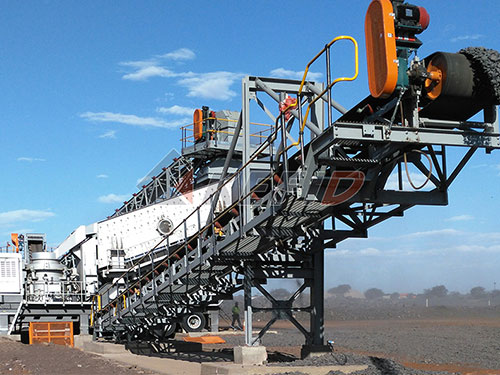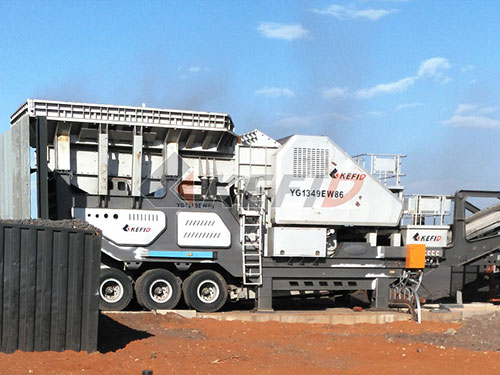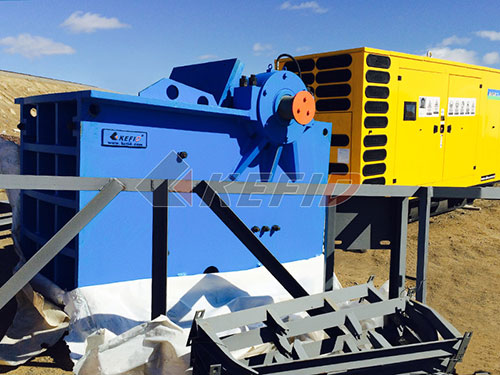Beyond Aesthetics: The Unyielding Power and Purpose of Cultivating Strong Thighs

In the vast landscape of fitness pursuits – sculpted arms, chiseled abs, defined backs – the mighty thighs often remain an unsung hero, relegated to mere support beams rather than celebrated as the foundational powerhouses they truly are. Yet, beneath the surface lies a complex network of muscles – quadriceps vastus lateralis screaming for definition? No! This isn’t just about aesthetics; it’s about unlocking profound functional strength that permeates every facet of movement and vitality. Forget fleeting trends; embracing dedicated thigh training (“thigh crush,” if you will) represents an investment in resilience, athleticism, metabolic firepower, and long-term health that resonates far beyond gym walls.
Anatomy Unveiled: The Engine Room
To appreciate the significance of strong thighs, we must first understand their intricate architecture:
1. The Quadriceps Femoris: This formidable quartet dominates the front thigh:
Rectus Femoris: Unique for crossing both hip and knee joints; crucial for hip flexion (lifting knees) and knee extension.
Vastus Lateralis: Forms the powerful outer sweep.
Vastus Medialis: The teardrop-shaped muscle stabilizing the inner knee.
Vastus Intermedius: Deepest layer beneath rectus femoris.
Primary Function: Knee extension – essential for standing up from sitting, walking up stairs or hills, jumping powerfully.
2. The Hamstrings: Occupying the posterior thigh:
Biceps Femoris (Long & Short Head)
Semitendinosus
Semimembranosus
Primary Functions: Knee flexion (bending knee), hip extension (driving leg backward). Critical decelerators during running/walking downhill and vital stabilizers for posture.
3. The Adductors: Often overlooked inner thigh muscles:
Adductor Magnus/Longus/Brevis
Gracilis
Pectineus

Primary Function: Hip adduction (pulling legs together). Crucial for lateral stability during cutting movements in sports and maintaining pelvic alignment during gait.
4. Gluteal Contribution: While primarily buttocks muscles:
Gluteus Maximus integrates powerfully with hamstrings during forceful hip extension movements like deadlifts

Leave a Reply